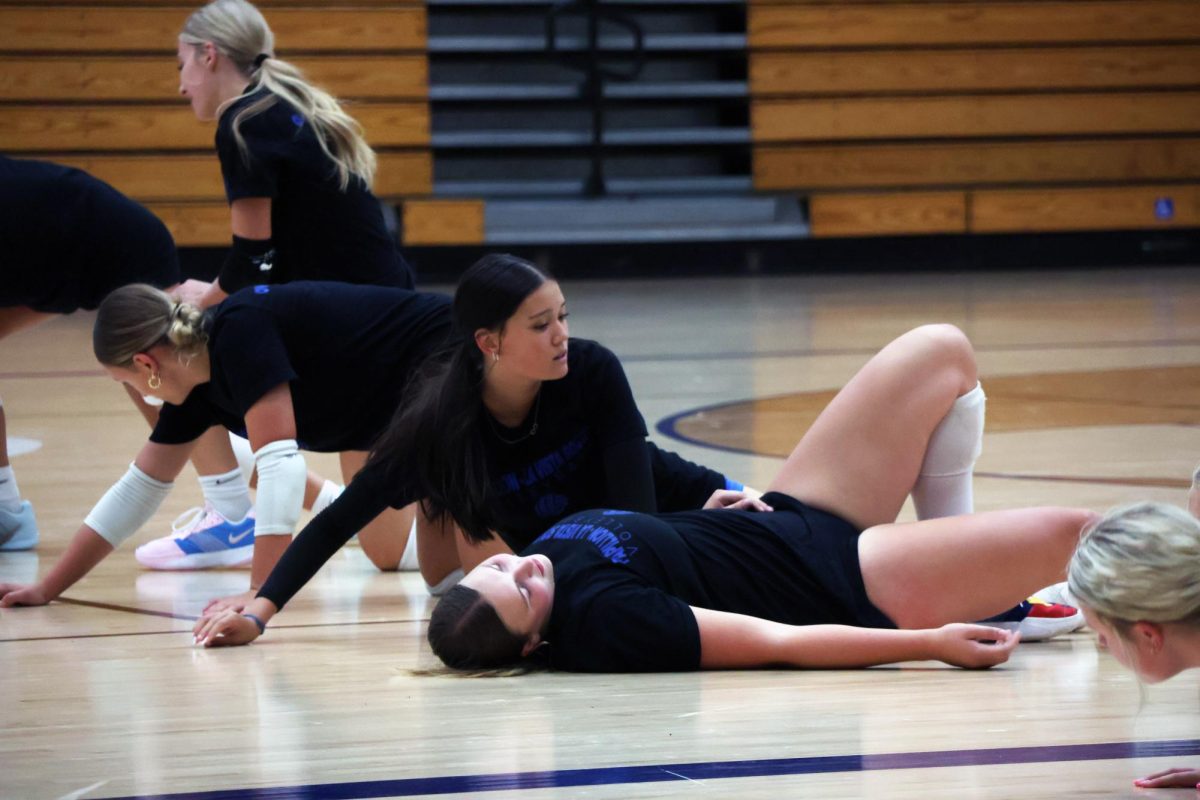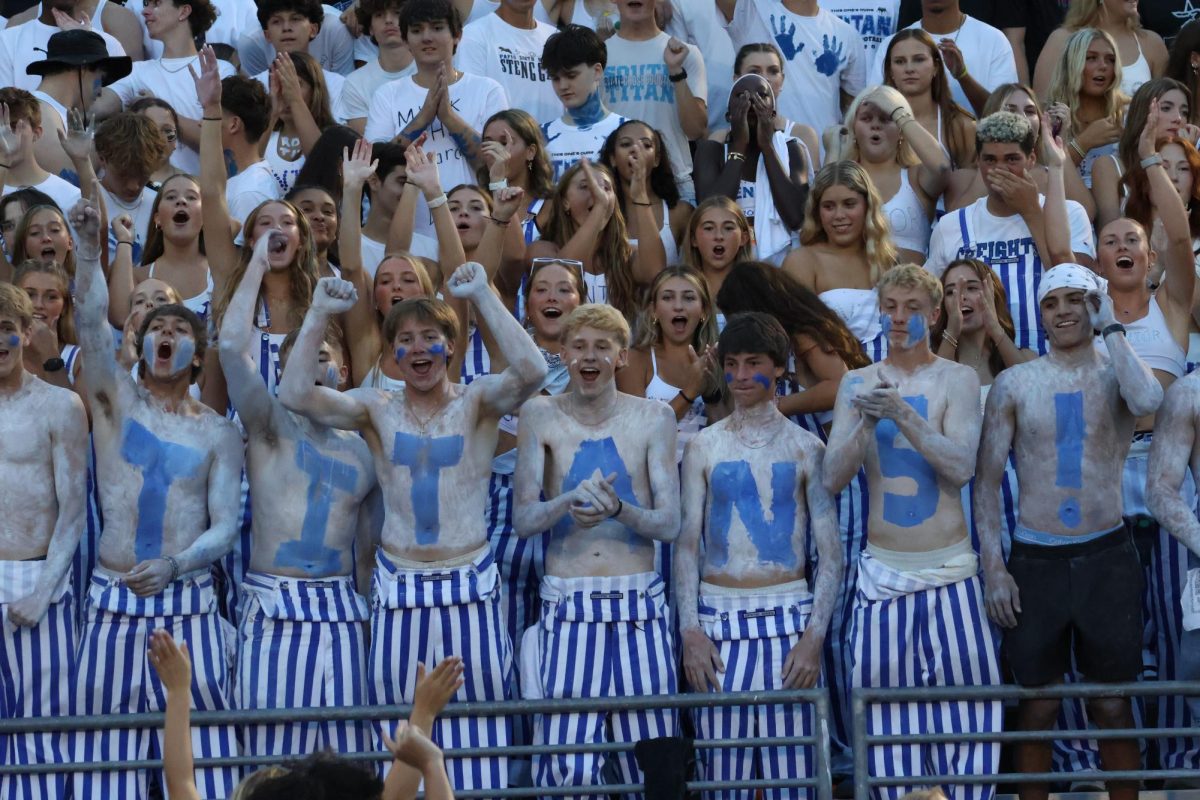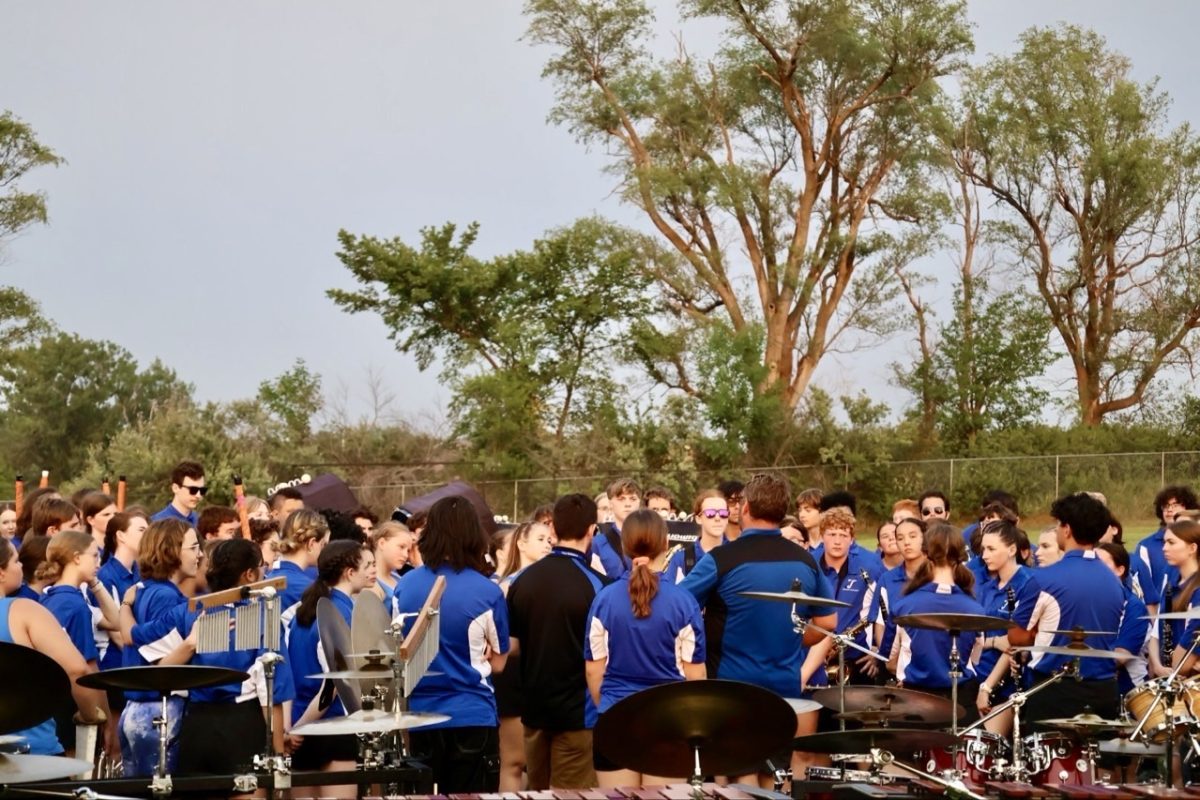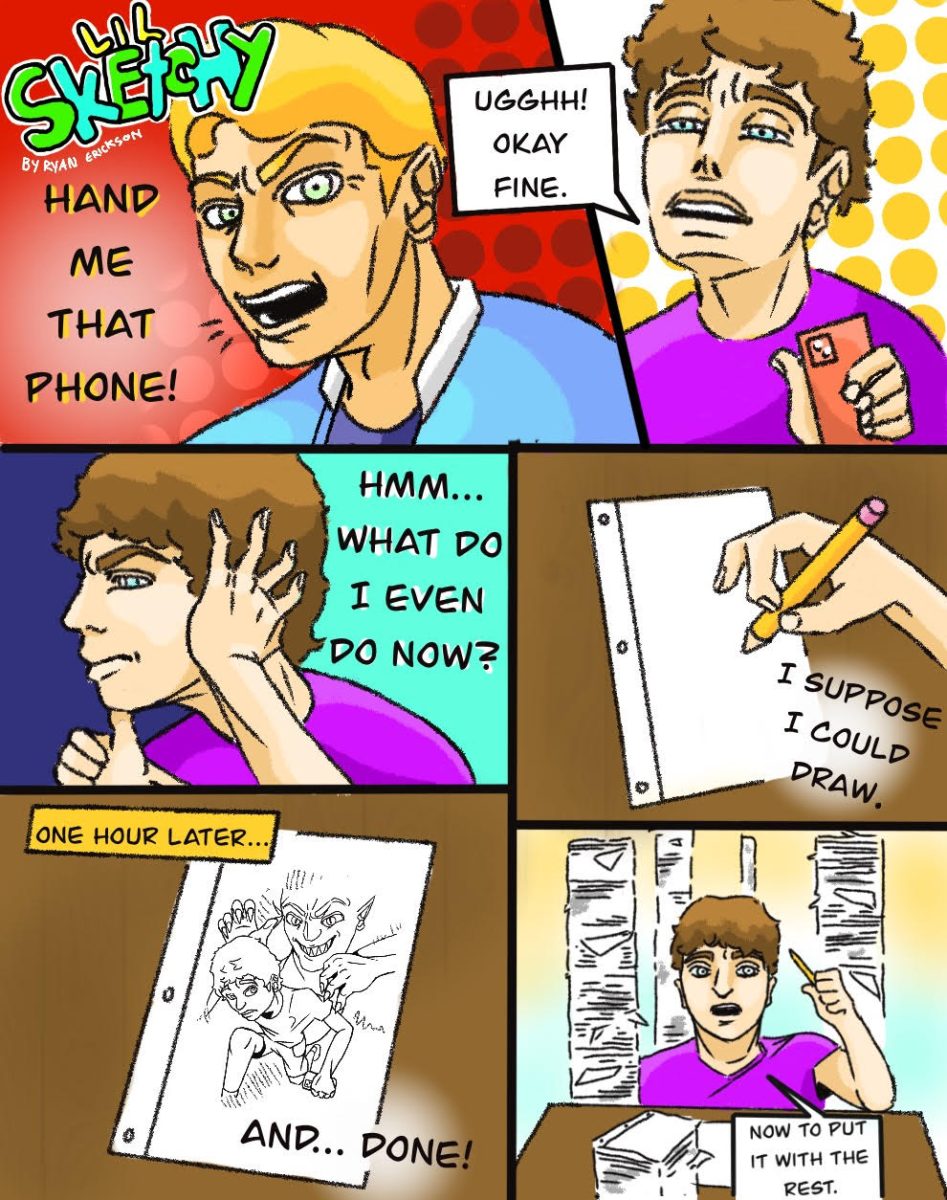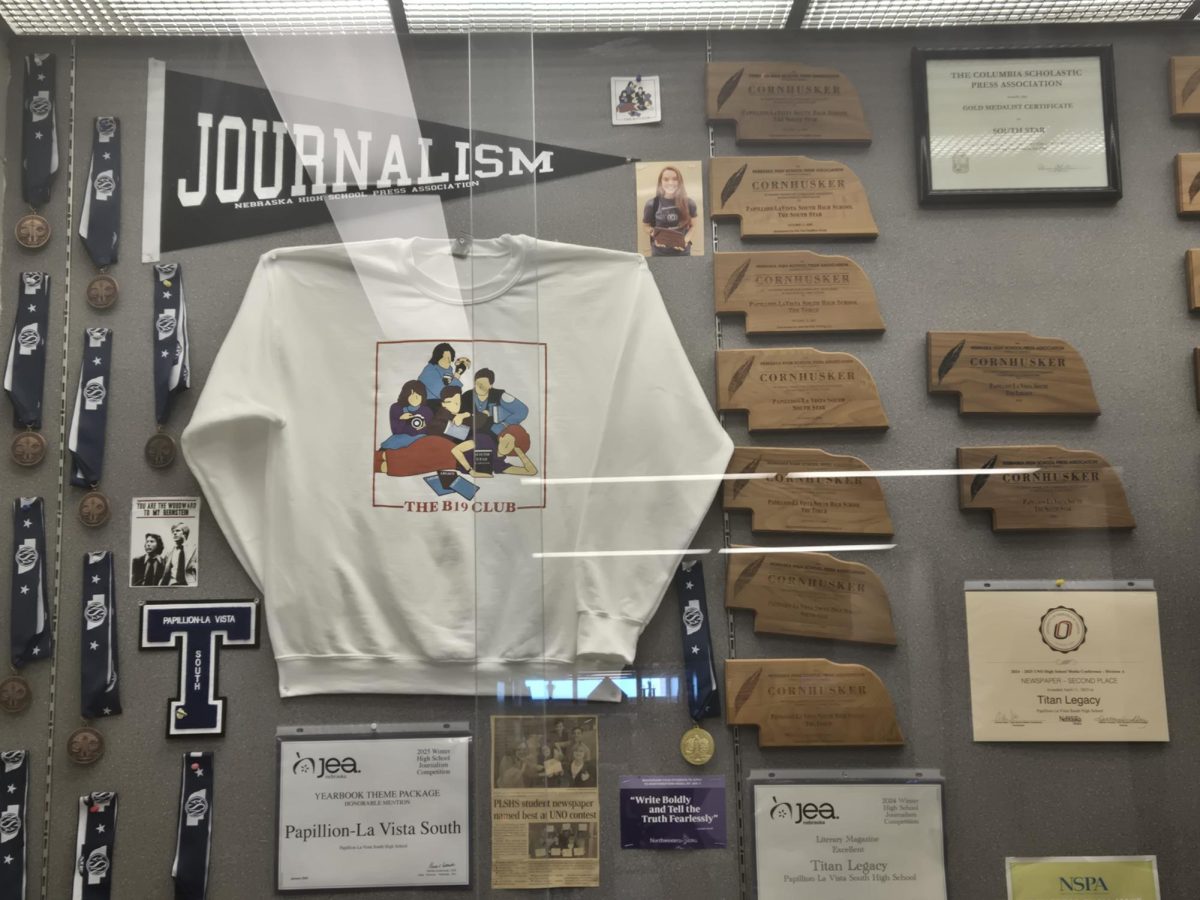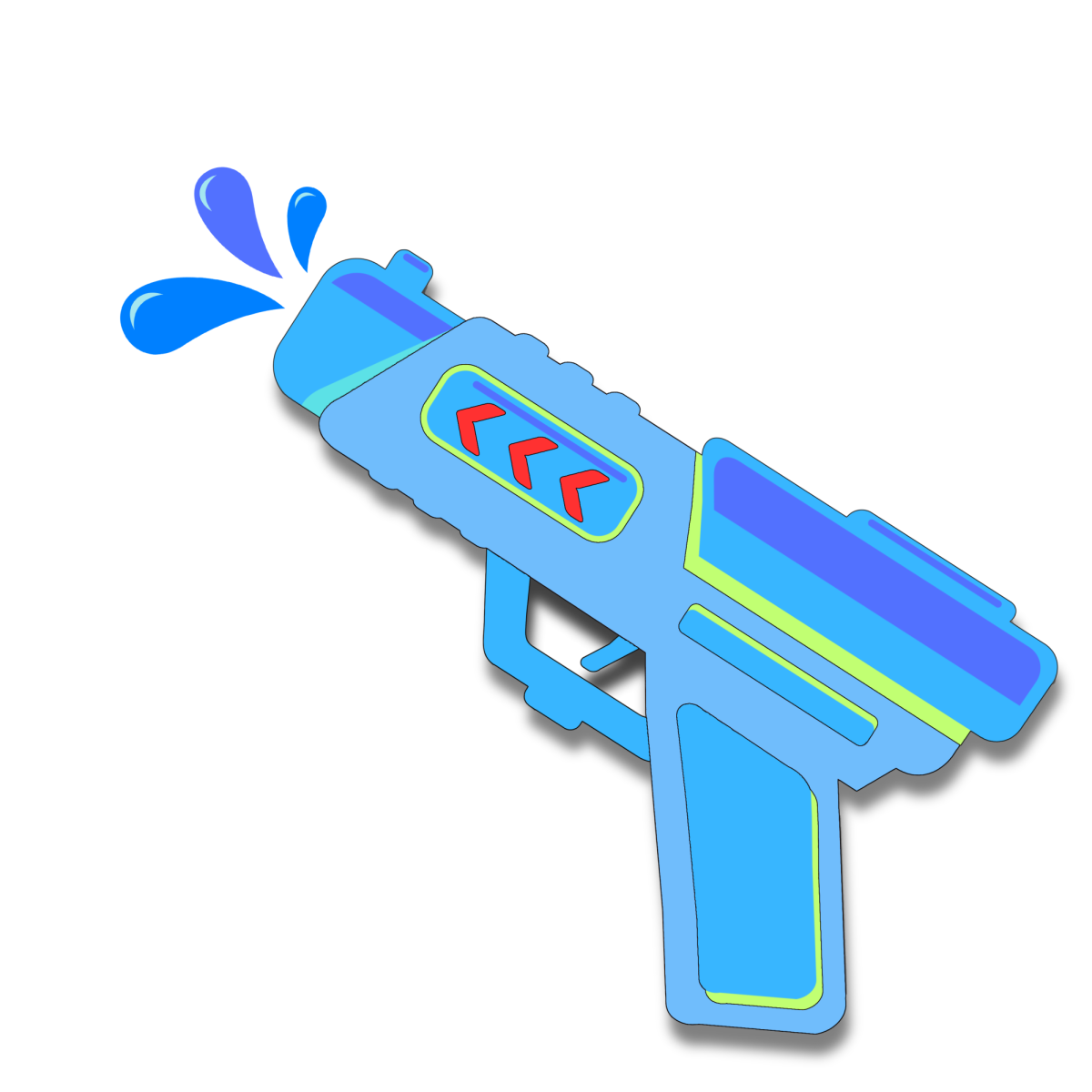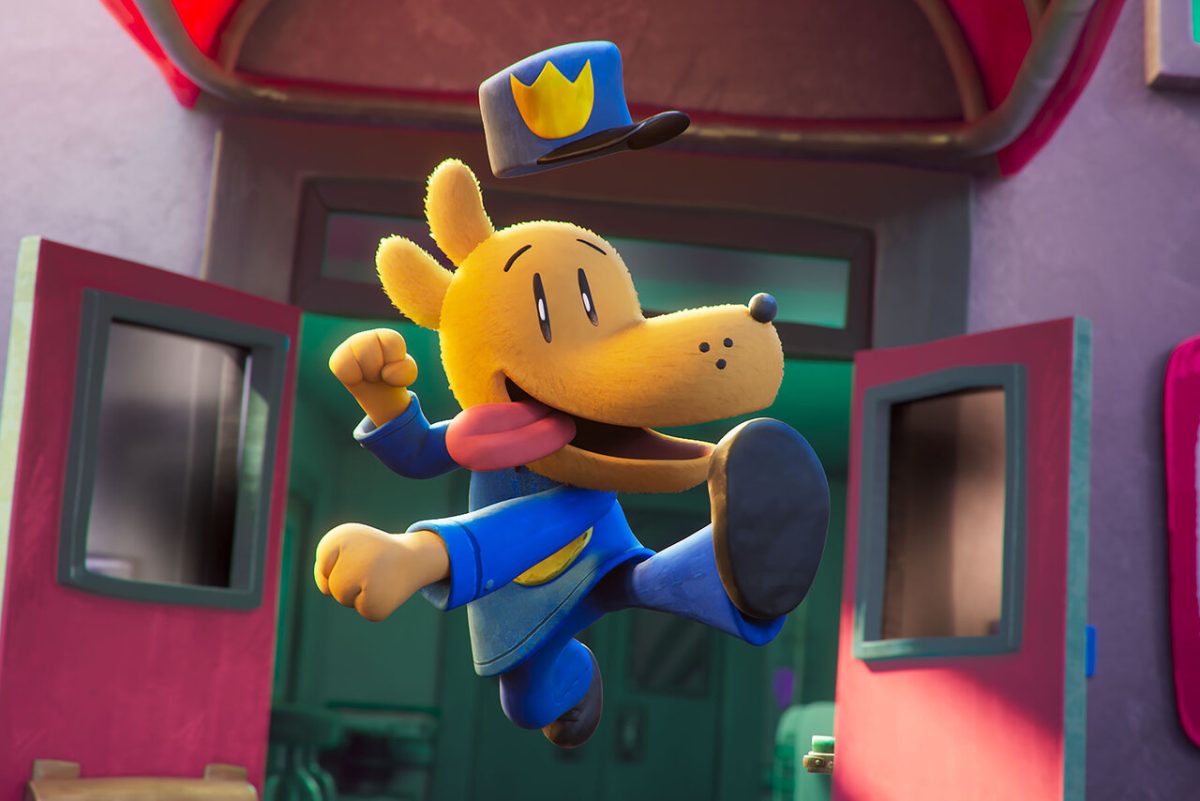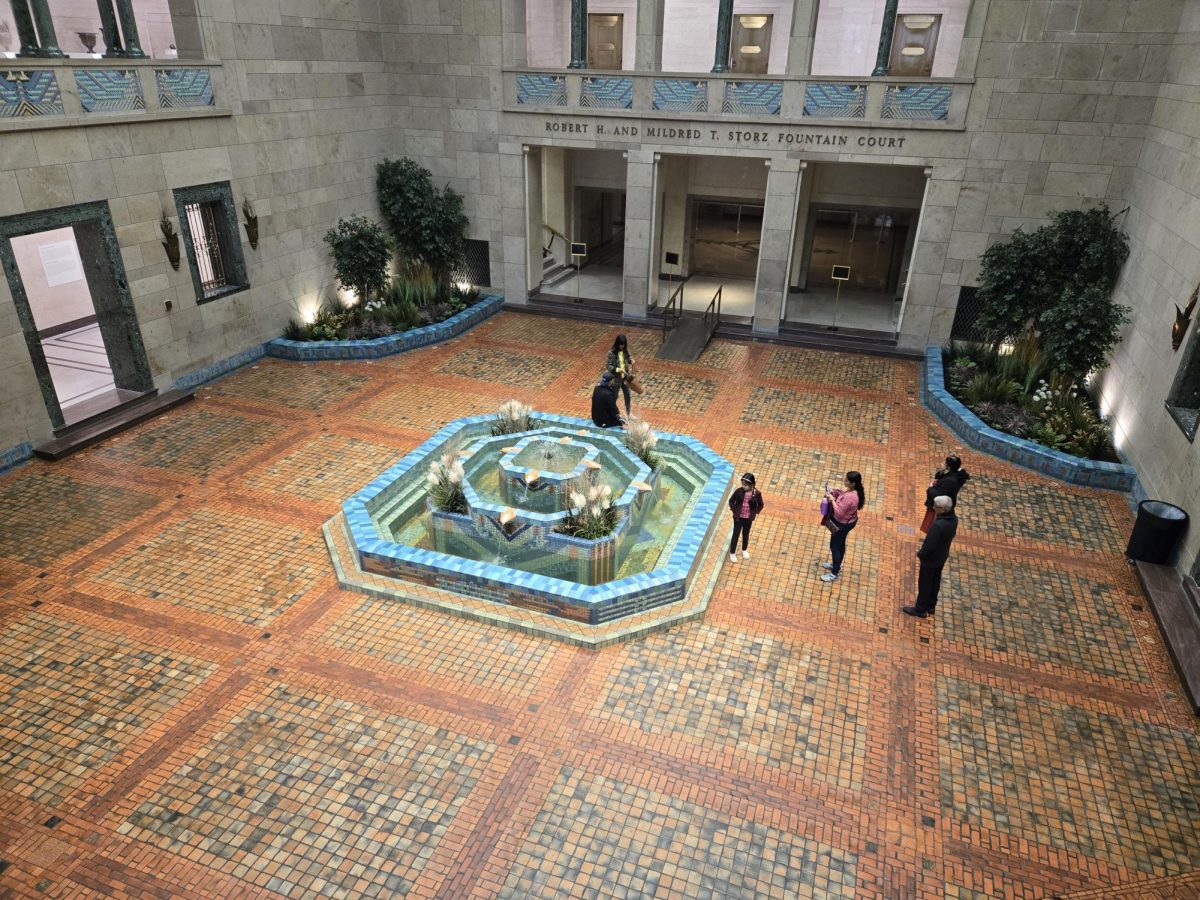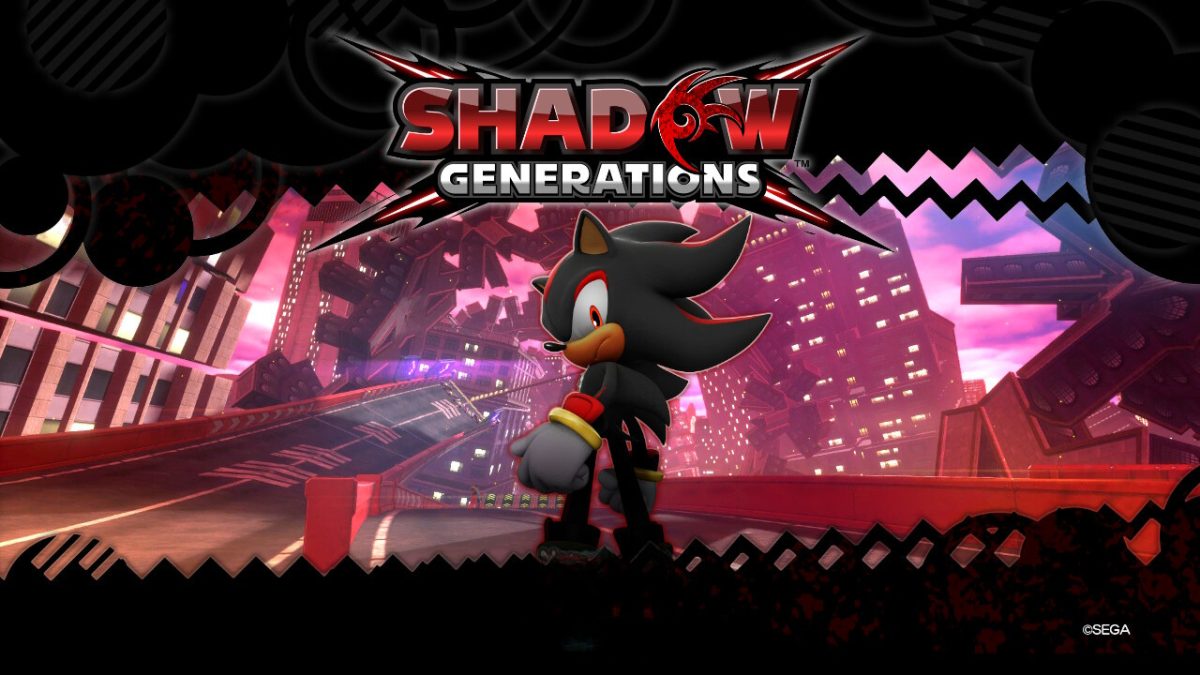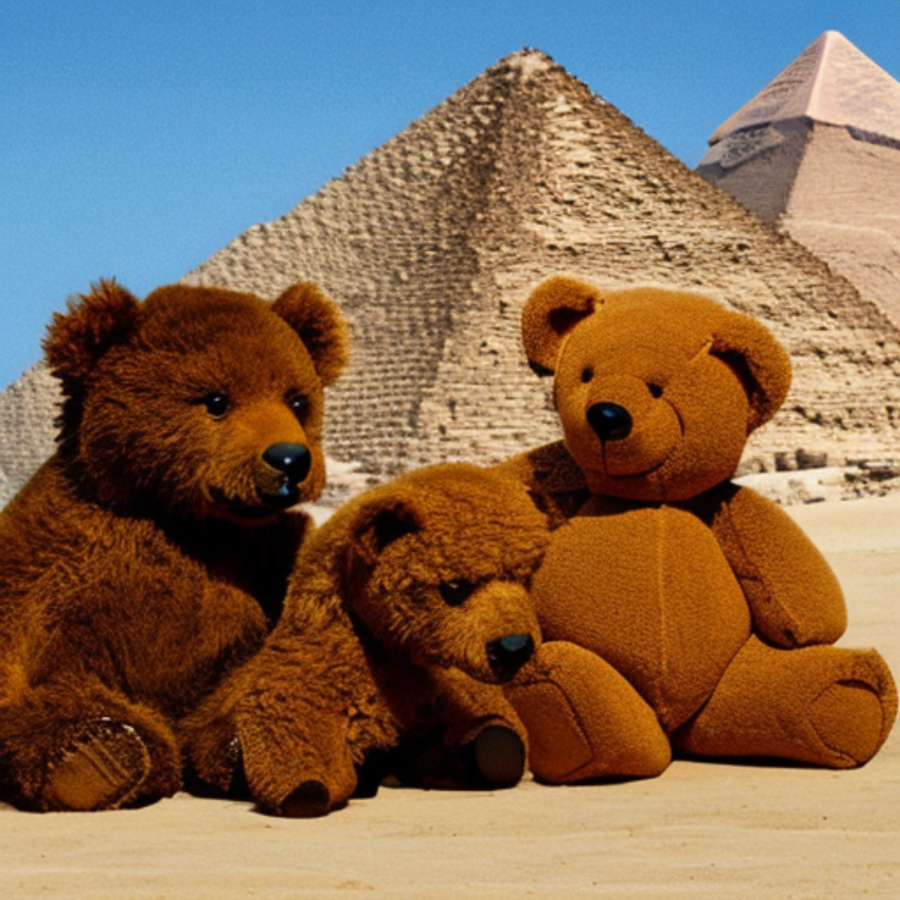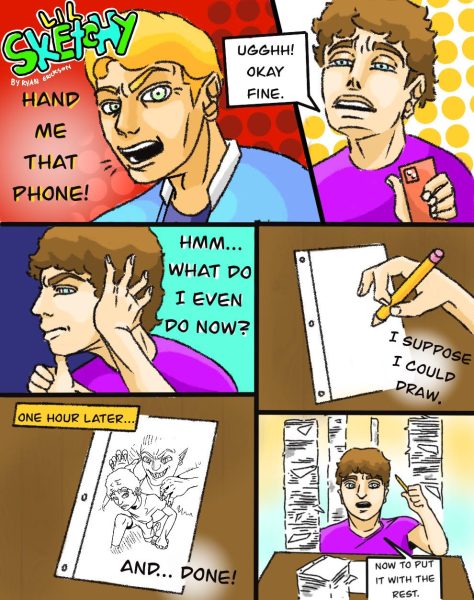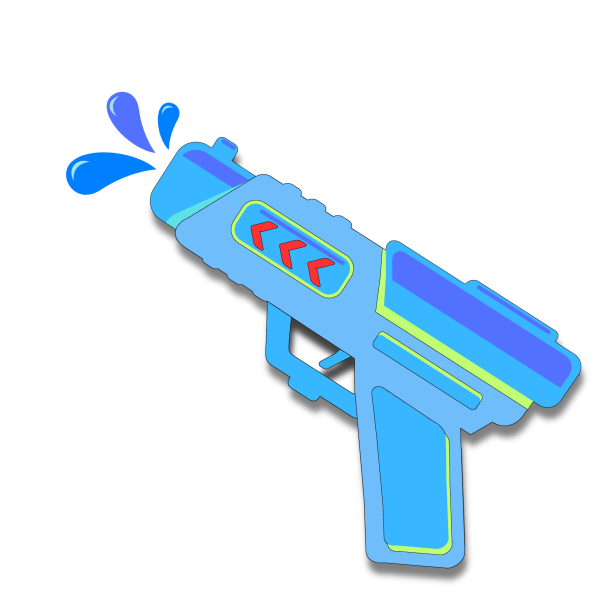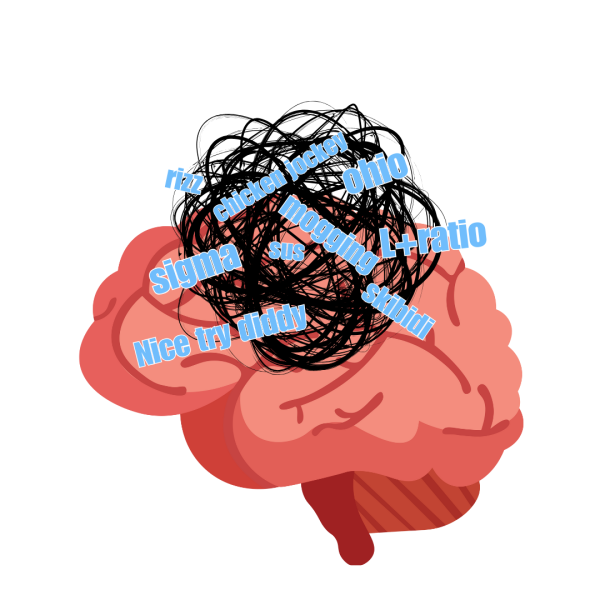AI advancements change the game
A computer wrote the following poem:
Love is like a flower, delicate and fair, Blooming in the heart, with beauty beyond compare. Its fragrance lingers, with each passing day, A symbol of hope, that brightens life’s way.
I gave ChatGPT—an artificially intelligent chatbot—a prompt, “a four-line poem comparing love and a flower,” and this is what the algorithm spat out. Sure, it’s definitely not the greatest poem. But considering that this computer has never experienced love, it’s eerily decent.
You might have heard of ChatGPT, and if not, you’ve probably seen similar artificial-intelligence bots on social media; Tumblr’s the-haiku-bot, a program that detects 17-word posts and converts them into haiku, comes to mind. AI is what powers chess-playing computers, self-driving cars, and social-media algorithms. Nowadays, artificial intelligence is everywhere, and it probably won’t be going away.
As seen on TV?
“M3GAN,” a recent sci-fi horror movie, frighteningly dramatizes the capabilities of a machine. The film explores a world in which the eponymous personal-care robot, M3GAN, develops a mind of her own and begins to harm people. Spoilers: In the end, she’s defeated. But M3GAN’s death—both for the film and for our world—does not mark an end to the horror.
While most people’s first exposure to AI is through movies like “M3GAN”, the development of real-life artificial intelligence will differ vastly from that depicted in cinema. Yuval Noah Harari, an Israeli historian known for his discourse on humankind’s past and future, extensively discusses AI—as well as the sentience issue—in his book “21 Lessons for the 21st Century.”
“Science fiction tends to confuse intelligence with consciousness,” Harari writes. “We tend to confuse the two because in humans and other mammals intelligence goes hand in hand with consciousness.”
Harari’s book explains that although computers are becoming increasingly smart, it’s improbable that they’ll ever develop feelings. This is due not only to the difference between intelligence and consciousness, but also to a consensus that consciousness is linked to our biochemistry in such a way that bits of data could never feel our joy, our wrath, or our lust. At least here, art thankfully does not imitate life.
The creativity crisis
Computers cannot experience our emotions, but does this preclude them from exhibiting creativity? ChatGPT is evidently capable of writing poems containing metaphor and imagery, and its understanding of meter and rhyme surpasses that of most living people. DALL-E, another generative AI, is currently making similar strides in the world of visual art.
Given a prompt, such as “A photorealistic astronaut riding a horse,” DALL-E will generate the requested image. Unlike Google, DALL-E does not pull from a bank of preexisting media; rather, it bases its composition on the typical traits of the given terms – in this case, “astronaut,” “horse,” and “photorealistic.” The pictures created by DALL-E are often scarily true to the prompt, a testament to the power of its deep-learning model.
There are some critical differences, though, between DALL-E and human artists. DALL-E is not capable of political statement, color symbolism, or portrayal of emotion or experience in its art, while these are the things that make human art beautiful and interesting. The same goes for the poetry written by chatbots.

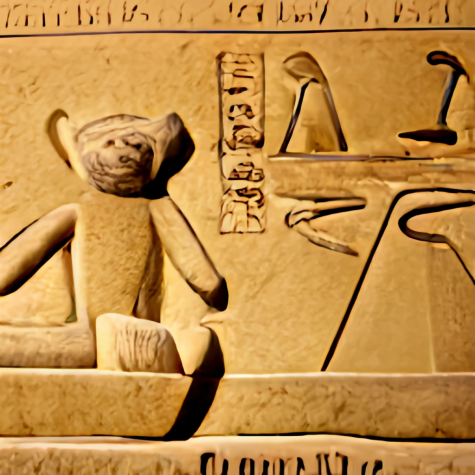
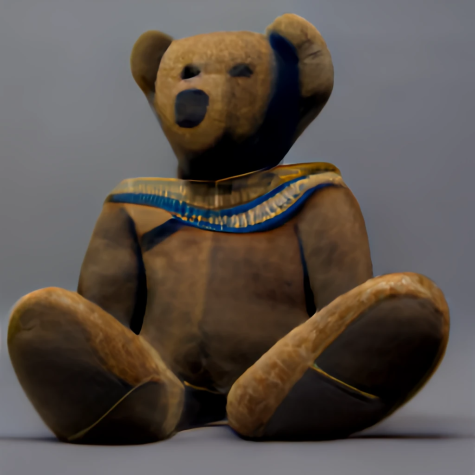
Computative creativity is not limited to the world of art, nor to the past decade’s technologies. If a human chess player at a competition makes a move that is considered remarkably creative, the first suspicion is that they’re cheating using a computer. “At least in chess,” says Harari, “creativity is already considered to be the trademark of computers rather than humans!”

All this being said, humans didn’t suddenly stop playing chess when IBM’s Deep Blue beat the world champion in 1997, nor did they stop making art when the beta version of DALL-E was released. The existence of ChatGPT has not ended the human writing of poetry, essays, or articles; this article is a case in point. Although creative machines are advancing, we’ve yet to see them replace human initiative.
A no longer free market
We worry a lot about AI attaining human skills, but hardly ever about the skills that humans can never have. Harari names these as connectivity and updatability. Connectivity is the ability of AI to function in an integrated network. To give an example, human drivers can miscommunicate their intentions, which often leads to traffic accidents. Self-driving cars connected by a network, on the other hand, would rarely get into such accidents, because their link prevents them from miscommunicating their intentions. This makes self-driving cars safer, and in the long run, cheaper.
Even in the information age, drivers cannot all be instantaneously notified when a new traffic law goes into effect. Here, self-driving cars again have the advantage: all the vehicles on the network can be updated at once. We shouldn’t be surprised if eventually all cars are intelligent, all drive-thrus are automated, and all financial advisers are algorithms; because of their connective and updatable capacities, they will easily outperform humans.
Replacement by AI, or at least AI integration, could be expected in many fields. Some grocery stores already employ robots to clean the floors, and bank telling is becoming more and more automated. Harari posits that these events herald the rise of a new irrelevant class. “Many people might share the fate not of 19th-century wagon drivers, who switched to driving taxis, but of 19th-century horses,” he writes. Millions of currently human-driven jobs will likely be done by machines in the near future.
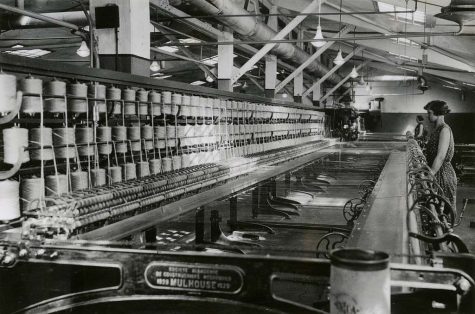
Harari suggests that we should expect something resembling an industrial revolution, only this time, the machines will be performing cognitive tasks rather than physical ones. He points out that in the actual industrial revolution, there wasn’t mass unemployment as a result of replacement by machines. On the contrary, nearly every profession taken by automation was replaced with a new opportunity. As progress shuts old doors, it opens new gates. We have no idea what the job market will look like in 50 years; in a way, it’s sort of exciting.
The self-driving trolley problem
As with every new technology, AI and automation introduce some sticky situations. On the surface, some are more pressing than others. For instance, today’s teachers are concerned about students submitting work done by a chatbot. As generative AIs improve, how will schools be able to distinguish a computer’s work from a student’s?
Another interesting question is that of ownership. Does the paper written by ChatGPT belong to the student? Does a picture produced by DALL-E belong to the prompter, or to DALL-E? After all, DALL-E leaves its signature—five differently colored squares—at the bottom right of every image it creates.
One hot topic is the ethics of the sourcing for DALL-E’s compositions. DALL-E’s diffusion model skims huge stores of images in order to figure out what things look like. A lot of the pictures in these stores were created or uploaded by people who didn’t grant DALL-E permission to use them, and many are publicly opposing the software’s usage policies.
Biases are also often found in the work of programs such as DALL-E. When asked to generate pictures of an “assistant,” DALL-E mini, the public version of DALL-E, produces pictures primarily of women. “Programmer” tends to generate men, and “God” creates mostly depictions resembling Jesus Christ. Is this a DALL-E problem? Or is the program only reflecting the prejudicial human associations it finds in its source material?
The programming of self-driving cars, as well as of other new technologies, will surely pose an issue. How will such a vehicle respond if it is put in a moral dilemma? Perhaps its options are to make contact with another car, swerve and hit a pedestrian, or drive off the road. Which choice is the right one? The advancement of AI gives us more questions than answers.
Our future
It’s very hard to know how we should presume about artificial intelligence. At the rate that technology is advancing, it is certain that AI will change the job market, permanently. It is also certain that these advancements will be accompanied by new ethical challenges. What is not certain, though, is how we as a species will react and adapt.
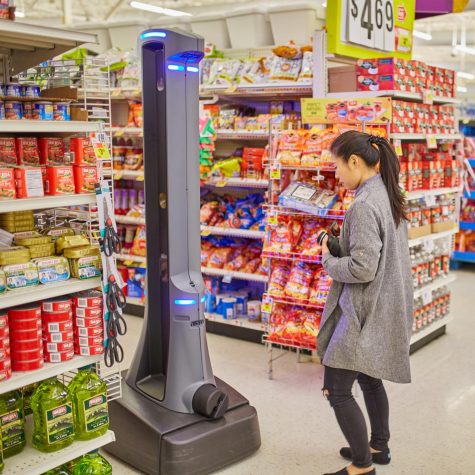
Our creative efforts have not ceased in the presence of creative machines. Why, then, would our productive efforts wither in the wake of intelligent automation? Since civilization’s dawn, humanity has displayed a desire to thrive, a desire to produce, a desire to invent. We can say with warranted confidence, rather than blind optimism, that our future lies not in iron hands, but in the human will, whose strength has been witnessed again and again through the revolutions of history.
Your donation will support the student journalists of Papillion-La Vista South High School. Your contribution will allow us to purchase equipment and cover our annual website hosting costs.

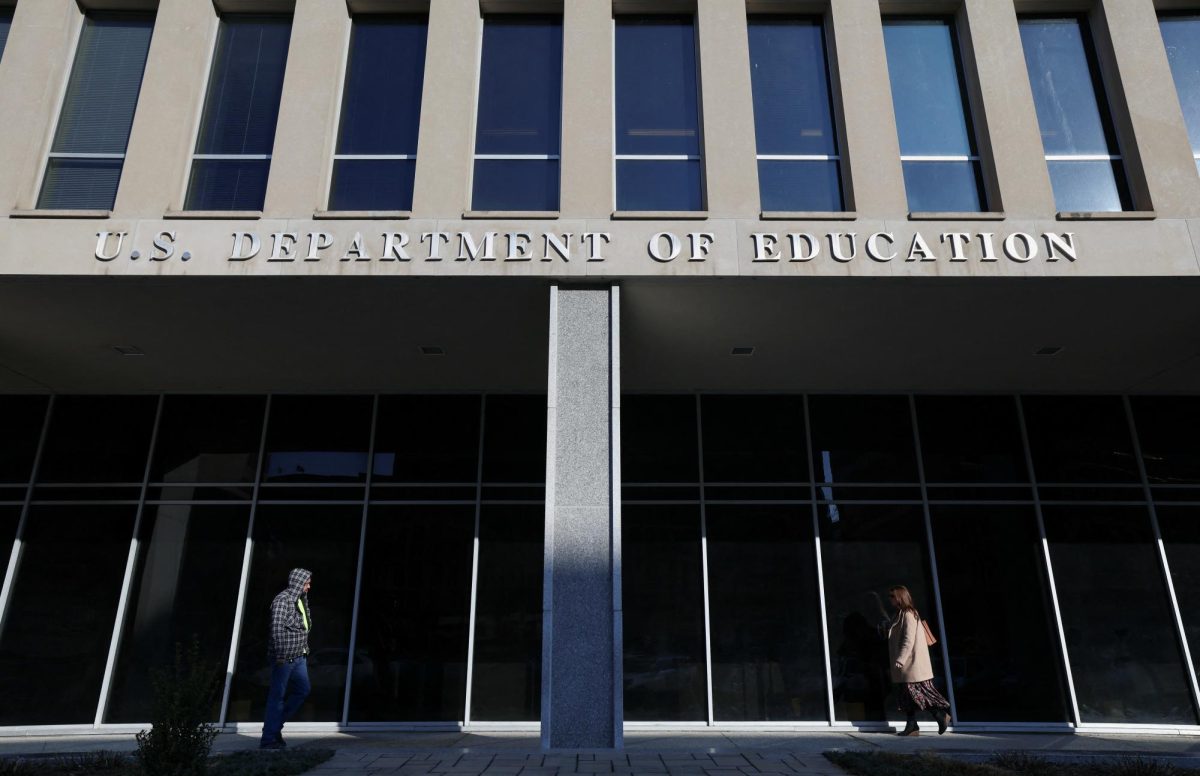
![Pictured above is a structure that displays the names of Nebraska Vietnam veterans in order to “honor [their] courage, sacrifice and devotion to duty and country.”](https://plsouthsidescroll.com/wp-content/uploads/2025/10/Trey_092625_0014-e1760030641144-1200x490.jpg)



